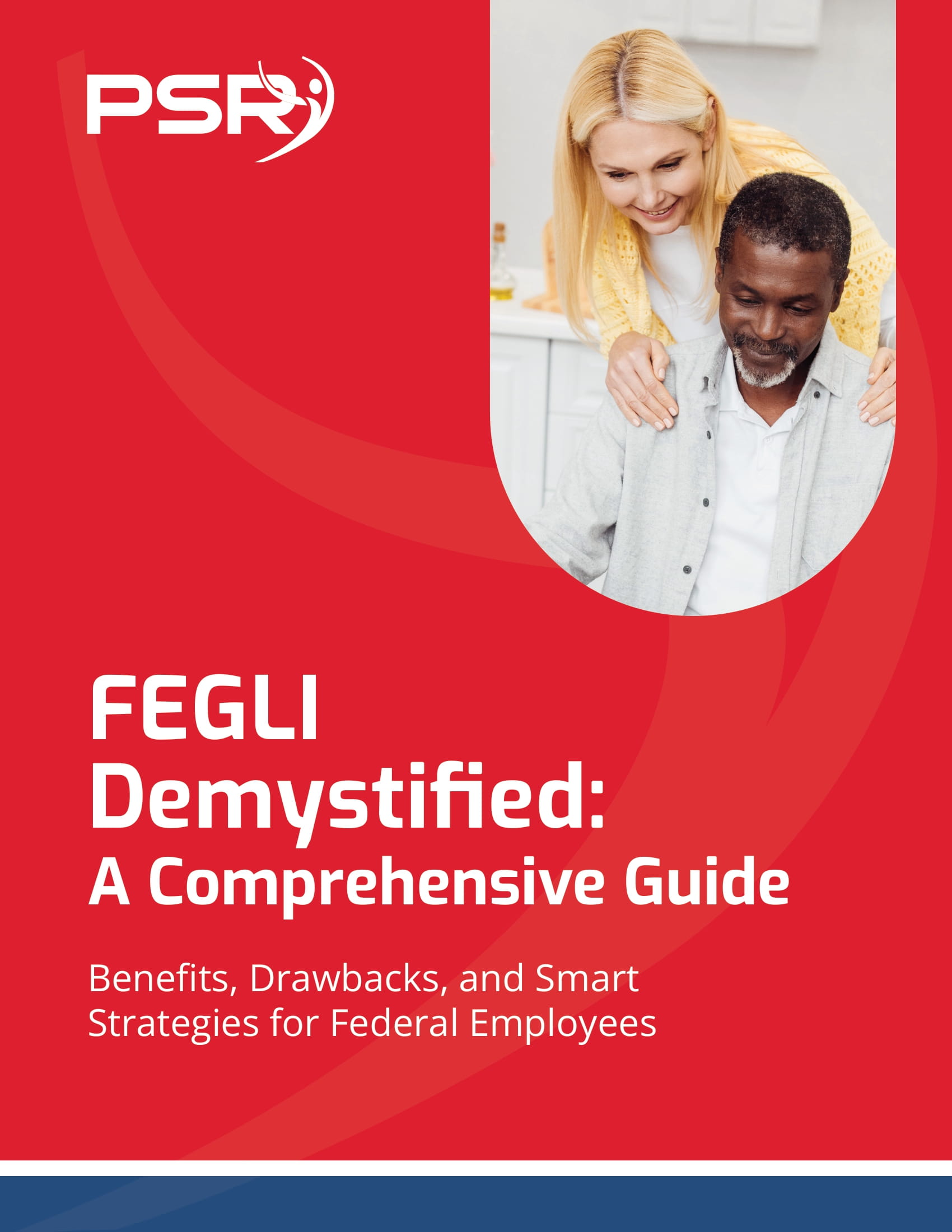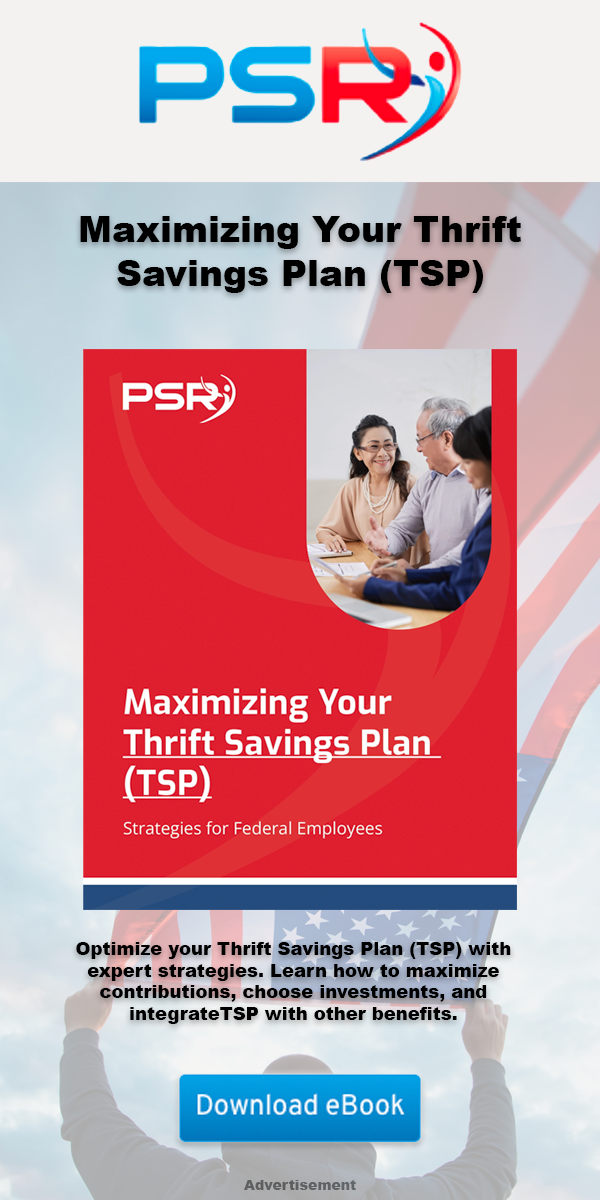Key Takeaways
- New federal employees can expect a comprehensive system of financial and health security benefits upon retirement.
- Understanding these benefits early on can help employees maximize their retirement planning.
What New Federal Employees Can Expect: Federal Retirement Benefits
Embarking on a career as a federal employee offers many advantages, not the least of which is a robust retirement benefits system. Understanding what to expect from these benefits is crucial for new employees as they begin their journey in public service. This guide provides an overview of federal retirement benefits, the structure of the Federal Employees Retirement System (FERS), the Thrift Savings Plan (TSP), health insurance options available to
retirees, and key tips for new federal employees to maximize their retirement planning.
Introduction to Federal Retirement Benefits
- Also Read: Divorce and Your Federal Pension—What Happens When You Split Assets and How It Could Affect Your TSP
- Also Read: What Happens to Your Federal Benefits After Divorce? Here’s the Lowdown
- Also Read: The Best FEHB Plans for 2025: Which One Fits Your Lifestyle and Budget the Best?
The Structure of the Federal Employees Retirement System (FERS)
The Federal Employees Retirement System (FERS) is the primary retirement plan for U.S. federal employees. FERS consists of three main components:
1. Basic Benefit Plan
The Basic Benefit Plan is a defined benefit plan that provides a steady income stream in retirement. The amount of the benefit is calculated based on the employee’s years of service and the average of their highest three consecutive years of salary, known as the “high-3” average salary. The formula for calculating the annual benefit is:
Annual Benefit=Years of Service×High-3 Average Salary×Pension Multiplier
Employees contribute a small percentage of their pay towards this plan, and the government also contributes to fund the benefit.
2. Social Security
Federal employees are covered by Social Security, which provides additional retirement income based on lifetime earnings. Social Security benefits are calculated using a formula that takes into account the employee’s 35 highest-earning years. In addition to retirement benefits, Social Security also provides disability benefits and survivor benefits, offering comprehensive coverage for various life events.
3. Thrift Savings Plan (TSP)
The TSP is a defined contribution plan similar to a 401(k) in the private sector. Employees can contribute a portion of their salary to the TSP, and the government matches contributions up to a certain limit. The TSP offers a range of investment options, including individual funds and lifecycle funds that automatically adjust the asset allocation based on the employee’s retirement timeline. Employees can choose between traditional (pre-tax) and Roth (after-tax) contributions, providing flexibility in tax planning.
Understanding the Thrift Savings Plan (TSP)
The Thrift Savings Plan (TSP) is a critical component of federal retirement benefits, offering significant growth potential through employee and employer contributions. Here are some key points to understand about the TSP:
1. Contributions and Matching
Employees can contribute up to the IRS limit each year to their TSP accounts. The government matches 100% of the first 3% of salary contributed and 50% of the next 2%, making it essential for employees to contribute at least 5% of their salary to take full advantage of the match.
2. Investment Options
The TSP offers several investment funds, including:
- G Fund: Government Securities Investment Fund
- F Fund: Fixed Income Index Investment Fund
- C Fund: Common Stock Index Investment Fund
- S Fund: Small Capitalization Stock Index Investment Fund
- I Fund: International Stock Index Investment Fund
- Lifecycle Funds: These are target-date funds that automatically adjust the investment mix to become more conservative as the employee approaches retirement.
3. Traditional vs. Roth Contributions
Employees can choose between traditional (pre-tax) contributions, which reduce taxable income in the year they are made, and Roth (after-tax) contributions, which are taxed in the year they are made but allow for tax-free withdrawals in retirement. This choice provides flexibility in managing taxes before and after retirement.
4. Withdrawals and Distributions
After reaching age 59½, employees can begin withdrawing from their TSP accounts without penalty. Required Minimum Distributions (RMDs) must begin at age 72. The TSP offers several withdrawal options, including lump-sum payments, installment payments, and annuities.
Health Insurance Options Available to Retirees
Health coverage is a crucial part of the retirement benefits for federal employees. The Federal Employees Health Benefits (FEHB) Program provides comprehensive health insurance options for retirees.
1. Continuation of Coverage
To continue FEHB coverage into retirement, employees must have been enrolled in the FEHB Program for the five years immediately preceding retirement. This requirement ensures that retirees and their families maintain access to healthcare services.
2. Types of Health Plans
The FEHB Program offers several types of health plans, including:
- Fee-for-Service Plans: These plans allow retirees to choose their healthcare providers and services.
- Health Maintenance Organizations (HMOs): These plans provide care through a network of doctors and hospitals.
- Consumer-Driven Health Plans (CDHPs): These plans combine high-deductible health insurance with a tax-advantaged health savings account (HSA).
3. Premium Costs
Retirees pay the same health insurance premiums as active employees, with the government covering a significant portion of the cost. This arrangement helps keep health coverage affordable even after retirement.
4. Medicare Integration
When retirees become eligible for Medicare at age 65, they can integrate their FEHB coverage with Medicare. Typically, Medicare becomes the primary payer, and FEHB serves as secondary coverage, which can reduce out-of-pocket costs and expand coverage options.
Key Tips for New Federal Employees Planning for Retirement
Planning for retirement as a new federal employee involves understanding the available benefits and making informed decisions to maximize these benefits.
1. Start Early with Retirement Planning
Beginning retirement planning early in your career allows you to take full advantage of the power of compound interest and employer contributions. Regular contributions to the TSP and understanding the benefits structure can significantly impact your retirement savings.
2. Maximize TSP Contributions
Contributing at least 5% of your salary to the TSP ensures you receive the full government match. Consider increasing your contributions as your salary grows to maximize your retirement savings.
3. Diversify Your TSP Investments
Diversifying your investments across the various TSP funds can help manage risk and optimize returns. Lifecycle Funds are a convenient option for automatic asset allocation adjustments based on your retirement timeline.
4. Understand the Role of Social Security
Familiarize yourself with how Social Security benefits are calculated and how they fit into your overall retirement plan. Consider delaying Social Security benefits until age 70 to maximize your monthly payments if feasible.
5. Maintain FEHB Coverage
Ensure you remain enrolled in the FEHB Program for at least the five years before retirement to continue your health coverage into retirement. Evaluate the different plan options during the annual Open Season to find the best fit for your needs.
6. Plan for Long-Term Care
Consider long-term care insurance as part of your retirement planning. This coverage can help cover costs for services that assist with daily living activities, providing additional security and peace of mind.
7. Stay Informed and Seek Advice
Retirement planning is complex, and staying informed about your benefits and options is critical. Attend retirement seminars, seek advice from financial planners, and utilize resources provided by your agency to make well-informed decisions.
Conclusion
Federal retirement benefits offer a comprehensive system of financial and health security for government employees. By understanding the structure of the Federal Employees Retirement System (FERS), maximizing the Thrift Savings Plan (TSP), and navigating health insurance options, new federal employees can ensure a secure and comfortable retirement. Early planning and informed decision-making are key to making the most of the benefits available to you as a federal employee.













